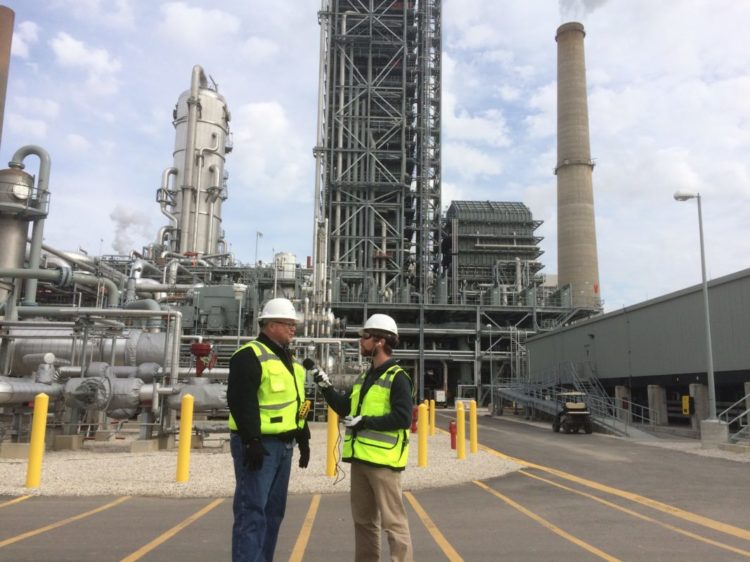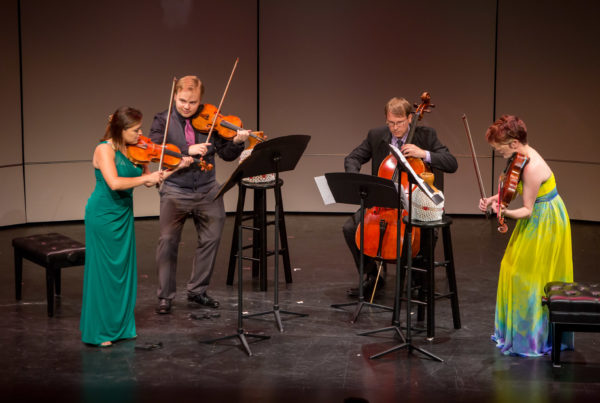From Houston Public Media:
W.A. Parish, one of NRG’s two coal power plants in Texas, is situated in Fort Bend County, about 30 miles southwest of downtown Houston, amidst ranches, farm fields and cows.
This week, it became the first coal plant in the U.S. that – on a commercial scale – is diverting some of the carbon dioxide it produces and using it to extract oil from the ground.
The plant sits on more than 4,000 acres, which includes a large water reservoir and a site that stores all the coal.
It has four coal power units, each with a tall smokestack with steam coming out, and some cooling towers, water running down underneath. And then there are several mazes of pipes and some very large generators.
All this makes for a noisy affair.
The coal is transported into funnels via a conveyor belt, David Knox, a spokesman with NRG, explains.
The coal is crushed to dust and used to heat water in a boiler. The water then turns into steam, which turns large generators, and electricity is produced.
The burning of the coal produces CO2, which goes into the atmosphere, contributing to pollution and global warming.
None of that is new. What is new is the plant’s Petra Nova system.
It consists of a football-field long metal tower called the absorber. There’s also a cooling tower and a small plant that provides the power for the operation.
David Greeson, vice president of development for NRG, was the driving force behind the carbon capture system.
He points to a duct that leads into one of the smokestacks.
“We installed a breach in that duct to be able to draw out the flue gas that we’re going to treat in the carbon capture system,” he says.
The Petra Nova system is able to divert about 40 percent of the CO2 that’s produced by one of the plant’s four carbon power units.

















